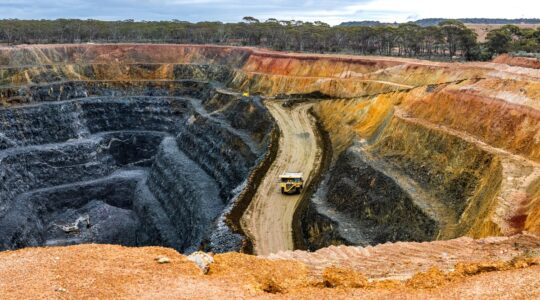Australia’s capital cities have all experienced a growth slowdown, with the rate of property price gains converging across the board.
Brisbane, Adelaide, and Perth have slowed amid worsening affordability constraints, reduced interstate migration, and a drop in investment demand, according to a report by Cotality (formerly Corelogic).
Sydney and Melbourne have been declining for a while, but they are showing signs of recovery, supported by falling interest rates and housing becoming more affordable as prices have reduced.
Cotality Research Director Tim Lawless said the growth convergence had occurred rapidly, and signalled a changing dynamic in Australia’s housing market.
“The convergence of growth rates is attributable to the pace of capital gains slowing across the mid-sized capitals,” Mr Lawless said.
Perth and Adelaide continued to post the strongest annual gains at 8.6 percent, reaching record highs. However, the values were below their cyclical peaks of more than 25 percent gains.
Brisbane was not far behind, with a 7.1 percent gain, and dwelling values at a record high. This was followed by Darwin at 3.9 percent, Sydney at 1.1 percent, Hobart at 1 percent. The ACT reached negative territory at -0.7 percent, and Melbourne languished at -1.2 percent.
Conversely, Mr Lawless said softer markets like Melbourne, ACT and Hobart showed signs of recovery supported by falling interest rates and housing becoming more affordable as prices have reduced.
“For Sydney, home values have bounced back from a 12.4 percent decline in early 2023 to positive growth by July 2023, peaking at 12.3 percent annual growth in January 2024, but since then, growth has slowed to its lowest rate (1.1 percent) since June 2023,” Mr Lawless said.
“Melbourne’s annual rate of decline has eased from -7.8 percent in January 2023, to -1.2 percent over the past year, with values steadily increasing since February.
“For now, capital city housing markets are moving more in step than they have in years.”
Other highlights from the Cotality report include:
- Aussies hold 55.3 percent of their household wealth in housing.
- Across the capitals, Darwin continued to lead the pace of quarterly growth, with dwelling values up 4.3 percent over the three months to May. This was followed by Perth and Brisbane tied for second, with values increasing 1.6 percent.
- The annual change in housing values has continued to favour regional Australia, with regional WA (+12.5 percent) and regional SA (+12.4 percent) leading the pace of annual gains.
- The national median time on the market rose to 34 days over the three months to May, after briefly dipping to 30 days over the three months to April.
- The median vendor discounting rate came in at 3.4 percent over the three months to May, down from the recent high of 3.7 percent recorded in the three months to January.
- The flow of newly advertised stock rebounded in May, with 35,069 properties listed for sale nationally over the four weeks to June 1, 2025.
- Rental growth continued to moderate in May, with national dwelling rents up 0.4 percent over the month.








